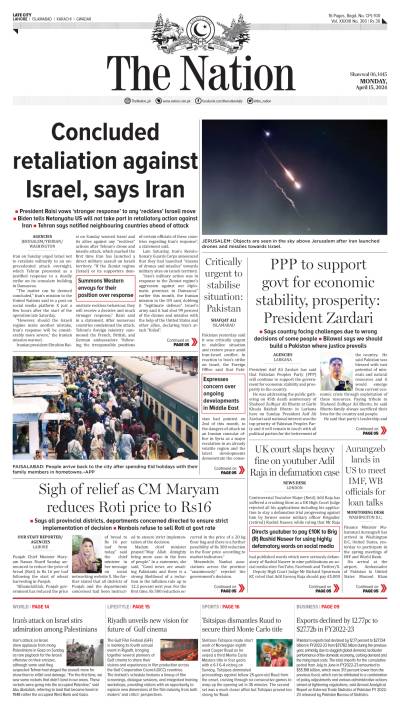Just last year on the day of the country’s independence, the Punjab Food Authority had issued instructions to all beverage manufacturing companies that they cannot supply cold drinks to any of the educational institutions. Not only that, the provincial food authority has also barred beverage manufacturers from supplying all soft and energy drinks to shopkeepers, canteens and drink corners in 100 metres of educational institutions. The term “soft drink” refers to more than just sodas — it also encompasses any beverage with added free sugars or sweeteners, including energy drinks.
Numerous studies have shown that these carbonated drinks have far more serious health risks than parents realise. Children are known to gravitate towards these soft drinks because of the highly appealing packaging and unique flavours that the soft drink companies offer. According to the World Health Organization’s (WHO) latest guideline, the recommended daily intake of sugar for adults and children should be roughly 25 grams or 6 teaspoons. A 300ml can or bottle of soda contains an astounding 10 teaspoons of sugar! Consumption of this much sugar can result in undesirable health effects, and parents should encourage alternatives to sugar-laden sodas for their children. Not only do soft drinks offer no nutrition, they also contain harmful chemicals.
This decision by the PFA to ban these soft drinks from being served to children should be welcomed with open arms. Their high sugar content and often high-fructose corn syrup can cause diabetes and affect the heart and liver. Preservatives like phosphoric acid can cause bone loss and kidney disease and citric acid can cause severe dental erosion. The caramel color in cola and the chemicals in the containers are also linked to cancer and tumours.
The Punjab Food Authority and the recent Sindh and KP Food Authorities should actively promote healthier alternatives like plain milk, flavoured milk and fruit juices to be sold at schools as they are one of the best sources of nourishment for students. Flavoured and plain milk enable schools to address the nutrition, taste and health needs of the students that they serve. Moreover, offering flavoured milk is an excellent way to increase milk consumption among children and help make their diets more nutritious. Milk is the number one food source of nine essential nutrients, including calcium, vitamin D and potassium, in the diets of children 2-18 years old. Flavoured milks do contain a little more sugar, but that is just for taste. For example, the popular flavoured milk brands in Pakistan are sweetened just enough to help supplement the naturally occurring sugar in milk but contains no high fructose corn syrup. Not only does flavoured milk offer a better, healthier and tastier alternative, but it is also available in a variety of delicious flavours to choose from. Furthermore, for milk to be considered milk, its fat content should be a minimum of 3.5% and no less. Parents need to play their role and be aware of this to ensure that the food and drinks served at school are as per the quality standards laid out by the local food authorities.
Getting this message out to all the parents in the country is of the utmost importance. In order to help children and teenagers turn away from harmful soda drinks, they must step up themselves and encourage their children to consume healthy drinks that will benefit their health and overall diets.
ZUHAIR ALI KHAN,
Lahore, May 15.





